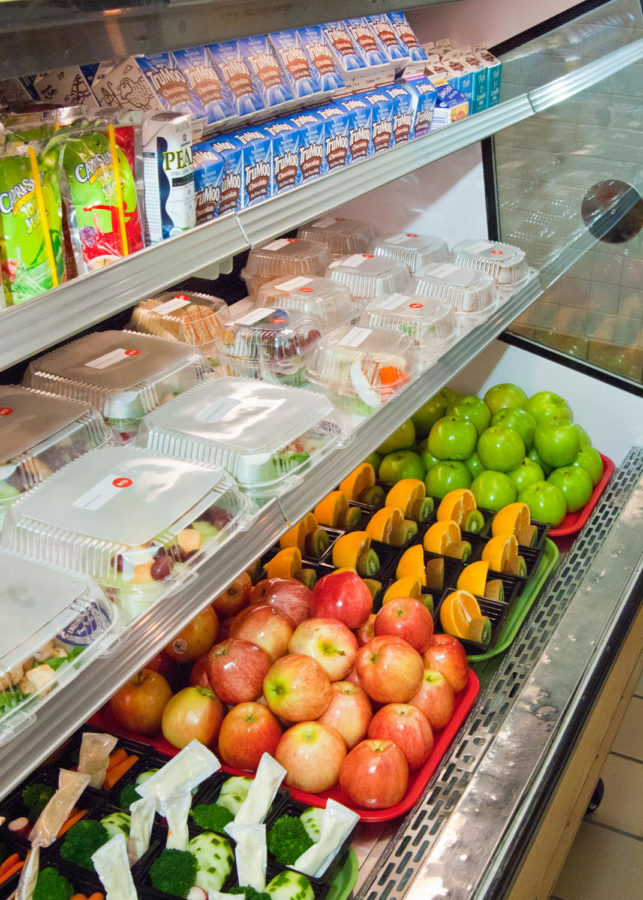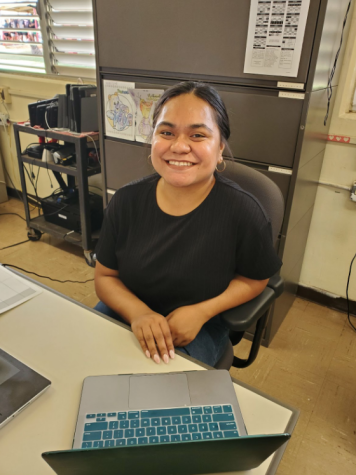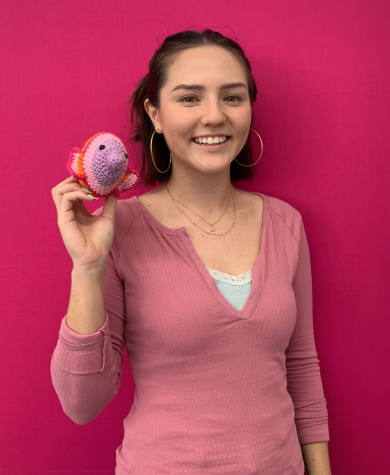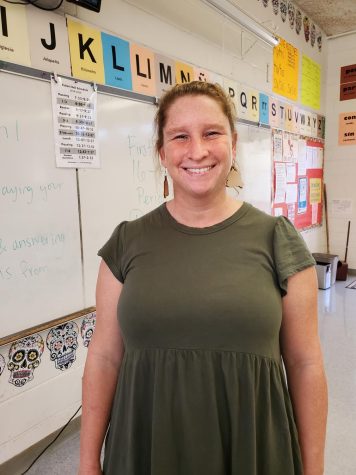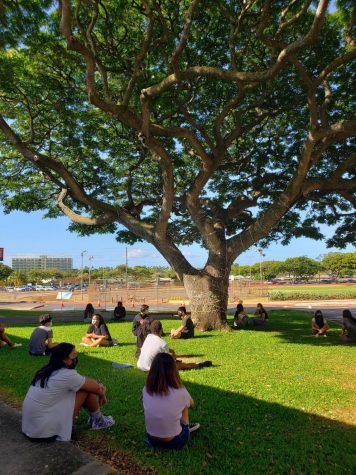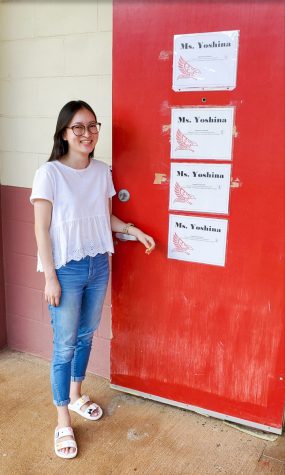What do Kalani students have to say about school lunch?
Office of Communications-Creativ
Healthy choices of fresh fruit, salads, tuna fish sandwiches, vegetables and ham and cheese wraps at Washington-Lee High School in Arlington, Virginia for lunch service Wednesday, October 19, 2011. The fruit, salads, sandwiches, vegetables and wraps are made available through the National School Lunch Program. The National School Lunch Program is a federally assisted meal program administered by the United States Department of Agriculture, Food and Nutrition Service operating in public, nonprofit private schools and residential child care institutions. It provides nutritionally balanced, low-cost or free lunches to children each school day. Wiki Commons.
September 24, 2018
At Kalani High School, students seem to have differing opinions on the experience of school lunch.
In the cafeteria, students must stand in a line in order to get their food. They then decide whether to eat in the cafe, outside or in a classroom. But there are struggles noted by students caused by this seemingly simple task. Among them is the “hassle” of standing in line to purchase meals.
A student at Kalani, Isaiah Millen thinks the line is very long but “it can go by fast.”
Others did not share this view.
“It interrupts my time with friends,” Kalani student Brian Linder said. “Five or so minutes of time wasted waiting in line.”
Another student, Carmina Chang noted that the school line is confusing because it is a blob of clustered people and it is unclear whether you’re in it or not.
“I don’t sit because there’s not a lot of room inside the cafeteria,” she admitted. “And it’s hot.”
If students eat outside, like Carmina, they either have to find a place in a classroom, on a bench, or sit on the ground. This takes additional time.
Kalani student, Robinique Cacho found that exiting and entering the cafe “moves kind of slow” but finding a place to sit “is slow the first time.”
“The older students already have allocated places where they sit, so finding a seat can be a struggle at first,” Cacho said. “Depending where you sit, it varies in time between a few seconds to five minutes plus.”
Some students choose not to eat school lunch. Another student, Zhong Zhang, says that the line “seems pretty smooth” and “moves pretty fast” as he sees it from the outside.
There appear to be conflicting views on the speed of the line. But the common thread is that it is frustrating to those who have experienced it.

